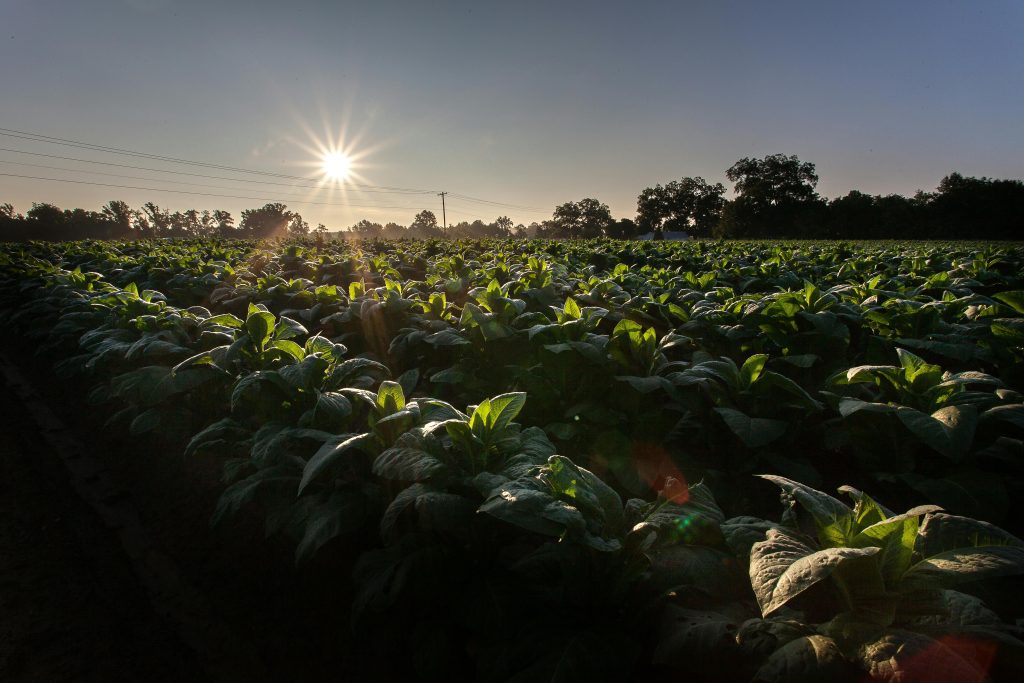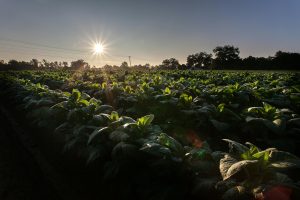Gypsum in Fall Soil Prep: Building a Strong Foundation for Spring Vegetables
Every successful vegetable garden begins with healthy soil. Fertile soil is not only about nutrients but also about structure, drainage, and the ability to support

As October arrives, vegetable gardens across the country face a turning point. The days are shorter, the nights are cooler, and frost is never far away. While many gardeners focus on harvesting the last of their summer crops, smart growers know that this is also the season to prepare plants and soil for resilience. One of the most effective tools for doing this is potash, the common fertilizer name for potassium chloride.
Potash supplies potassium, the third number in the N-P-K ratio on fertilizer labels. Potassium is often called the nutrient of resilience because it strengthens plants against stress from cold, drought, and disease. In vegetable gardens, it directly influences yield quality, storage life, and overall plant health. Applying potash in October helps crops finish strong, improves flavor, and prepares soils and root systems to withstand winter conditions.
At Supply Solutions LLC, muriate of potash (0-0-60) is available as a consistent and economical potassium source. Whether you are a market grower or a backyard gardener, potash is a key ingredient for protecting and enhancing vegetable gardens before frost arrives.
Potassium is essential for plant growth and productivity, but its role goes far beyond simple yield increases.
Vegetables deficient in potassium may show yellowing edges on leaves, weak stems, poor flavor, and increased susceptibility to disease.
Timing is critical for fertilizer effectiveness. October provides the perfect window for applying potash in vegetable gardens.
By applying now, gardeners set up both current crops and next year’s soil fertility.
For farmers and market gardeners, vegetable quality directly affects profit. Potash offers measurable advantages.
Potash is one of the most cost-effective ways to improve profitability in fall harvests.
Home gardeners often focus on nitrogen for leafy growth but overlook potassium. Adding potash to fall gardens changes that.
For families who want to enjoy homegrown produce deeper into fall, potash makes a noticeable difference.
While all vegetables benefit from potassium, some are especially responsive.
Applying potash ensures vegetables are at their peak when harvested or stored.
Correct application ensures effectiveness without waste.
Avoiding these mistakes ensures potash delivers its full benefits.
At Supply Solutions LLC, muriate of potash (0-0-60) is sourced for reliability and performance. Gardeners and farmers alike can trust it to deliver potassium consistently and economically. By providing both high-quality products and expert guidance, Supply Solutions LLC helps growers make the right choices for soil health and vegetable production.
October may signal the end of the growing season, but it is also a time of preparation. By applying potash now, growers improve the flavor, quality, and resilience of late-season crops while also enriching soil for spring planting. Potassium is the nutrient of resilience, and potash is the tool that delivers it effectively to vegetable gardens.
For muriate of potash and other trusted fertilizers, visit Supply Solutions LLC. Reach us through our contact form, message us on Facebook, call 503-451-1622, or email sales@mysolutionssupply.com to get the products and guidance you need to protect and improve your vegetable garden this fall.
Every successful vegetable garden begins with healthy soil. Fertile soil is not only about nutrients but also about structure, drainage, and the ability to support

As October arrives, vegetable gardens across the country face a turning point. The days are shorter, the nights are cooler, and frost is never far
Give us a call or visit our store, and we’ll help you find the right solution for your business.
© Supply Solutions LLC 2025